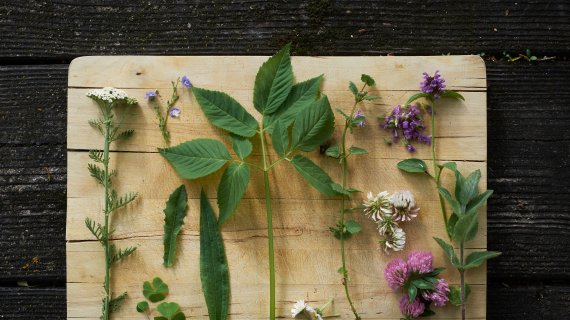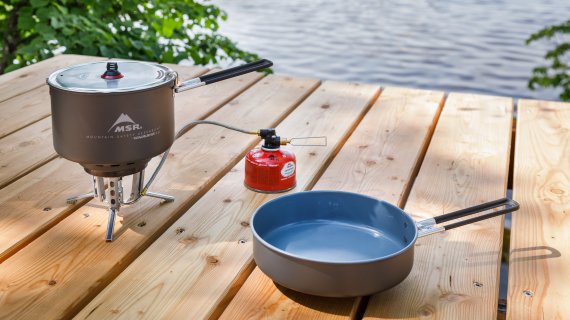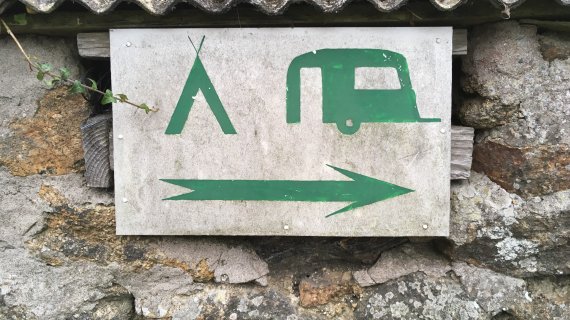Apple spritzer with goutweed, bread with blossom finish or herb curd 2.0: With ingredients that you can find on almost every hike along the way, the touring break tastes twice as good. Here are the OutDoor Society recipes for foraging beginners
Quick Recipes with Ingredients from Your Next Hike
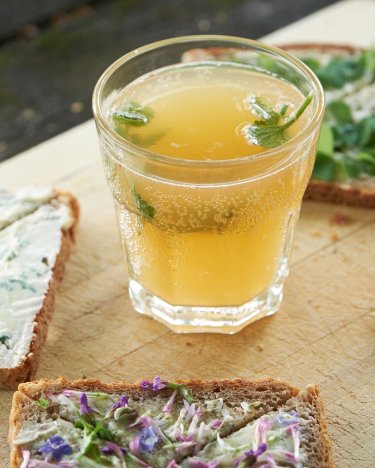
They grow on meadows, dirt roads and forest edges: nature is full of herbs which we can collect and eat ourselves on hikes. Many of the plants are anti-inflammatory, nutrient-rich and pain-relieving - and taste exceptionally good, as these five simple dishes show.
Tip: Take freezer bags with you when collecting herbs. Pick the herbs, place them in the bags, inflate and close it. So the plants stay fresh and do not crush in the backpack.
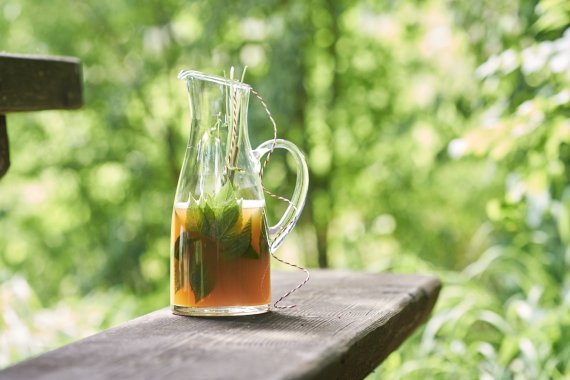
The Herb Spritzer
The ingredients:
- Apple juice, approx. 0.75 litres
- young leaves of goutweed, ground ivy and mint
- 0.5 litre mineral water
The preparation:
Tie the herbs together on the stems, put them in the apple juice and leave the mixture alone for two to four hours. Then fill the brew with half a litre of mineral water. The natural spritzer is ready.
The herb facts:
Goutweed has been used since It has been used for centuries in folk medicine to relieve pain caused by rheumatism and gout. Ground ivy was considered a medicinal and magical plant by the Germanic peoples, later Hildegard von Bingen recommended the plant for external and internal use in states of exhaustion. The herb has an antioxidant effect - which, according to new studies, unfortunately has no inhibitory effect on sore muscles.
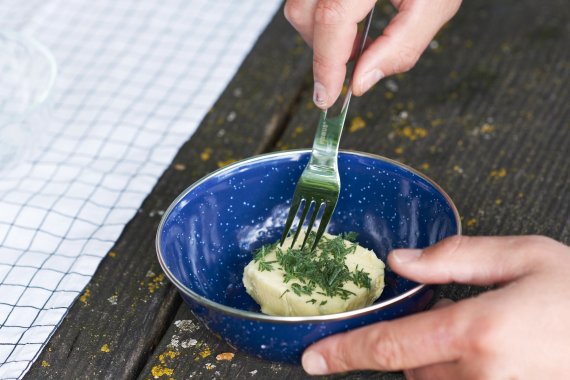
Fresh Bread with Yarrow Butter
The ingredients:
- Fresh slices of bread
- Fresh butter
- a handful of yarrow
The preparation:
Finely chop the yarrow and fold into the butter. Combine quantities according to need and taste. Lightly salt the mixture, leave it alone and spread on a slice of fresh bread.
The herb facts:
Yarrow flowers help against digestive disorders and are often used in steam baths to care for facial skin. The plant's essential oils also have an expectorant effect.
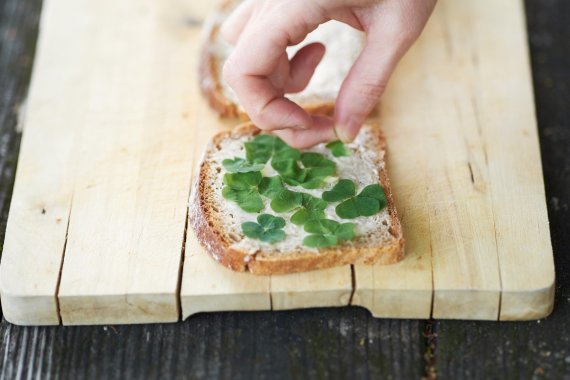
Fresh Bread with Wood Sorrel
The ingredients:
- slices of bread
- Butter & Salt
- a handful of young Wood Sorrel
The preparation:
Brush a slice of bread with fresh butter as desired. Then place the young wood sorrel on top and salt lightly.
The herb facts:
All parts of Wood Sorrel are edible. If you drink Wood Sorrel as tea, it has a fever-reducing, blood-cleansing and diuretic effect. But be careful: Wood Sorrel contains oxalic acid. That means don't eat too much of it.
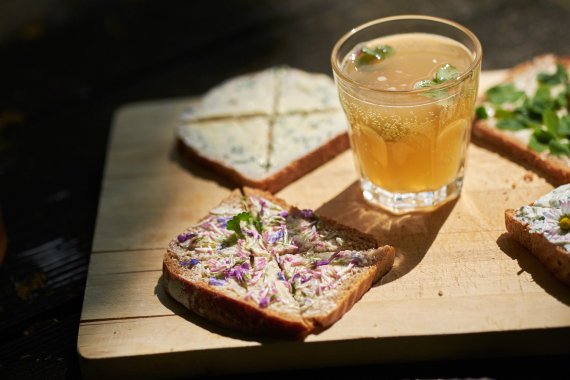
The Fresh Blossom Bread
The ingredients:
- fresh slices of bread
- fresh butter
- white and red clover
- daisies
- honorary prize
- small brown cell
The preparation:
Brush the bread slices with butter and cover with the mixed herbs. Only use the flowers of the different plants. That's how it tastes best.
The herb facts:
Folk medicine likes to use daisies to treat everything: Skin diseases, headaches, dizzy spells, insomnia. The buds of the plant are suitable for caper replacement when pickled with acid. Ground ivy is antibacterial, detoxifying and helps with bronchitis. The small brown cell is mainly used in Asia as a traditional medicinal plant.
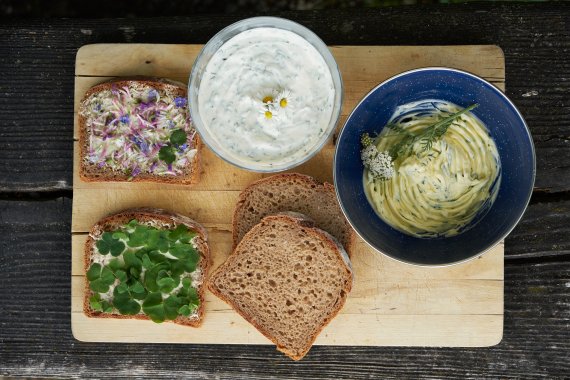
The Herb Curd from the Hike
The ingredients:
- curd
- gout
- dandelion
- ribwort plantain
- lemon, salt and pepper
The preparation:
Flavour the young leaves of goutweed, dandelion and ribwort with lemon juice, salt and pepper and leave to stand. Stir the mixture into the quark and season to taste.
The herb facts:
Ribwort has a cooling and pain-relieving effect on insect and nettle bites. Just grind the cabbage and apply to the sting. The herb is best collected between the beginning of April and the end of August in small meadows, fields or on field margins.
Photos - Enno Kapitza
